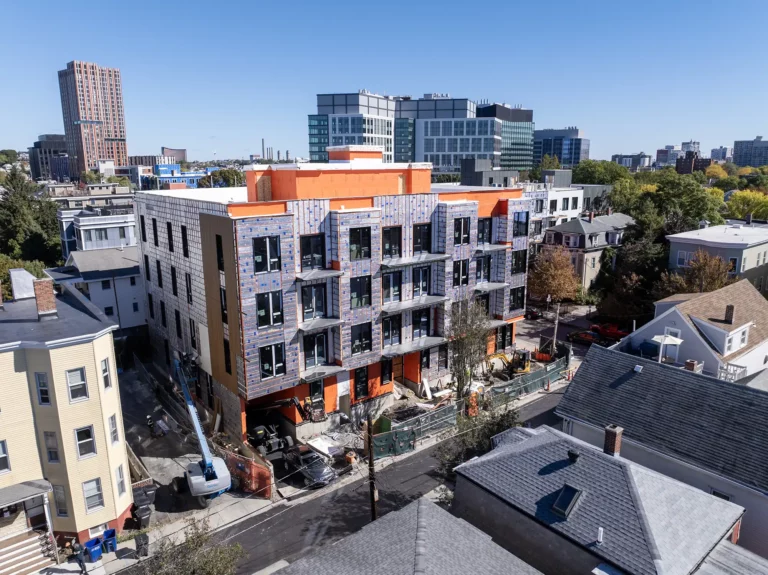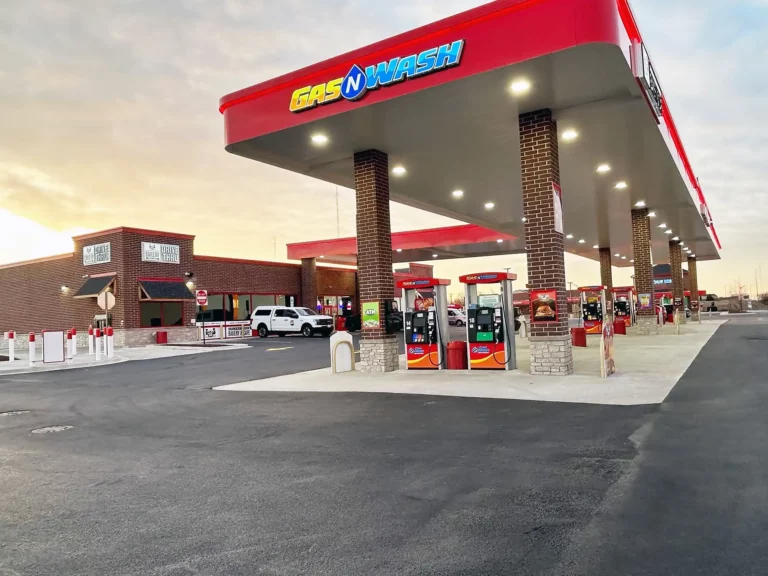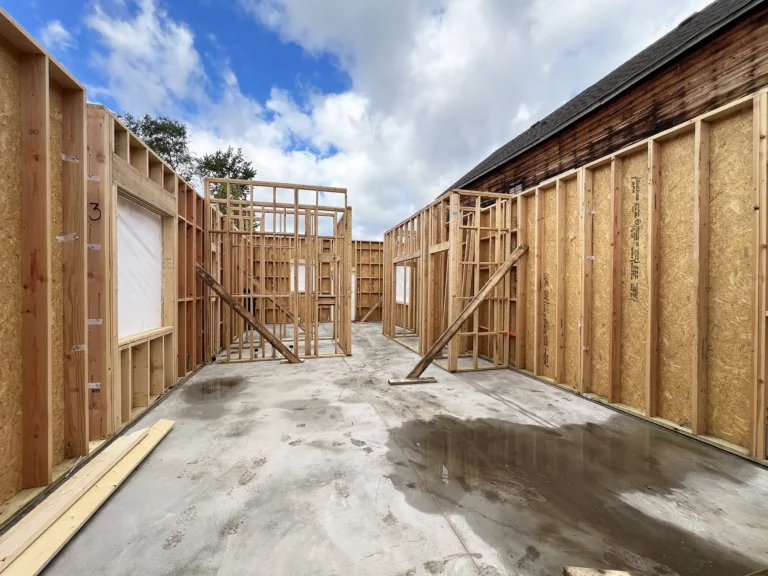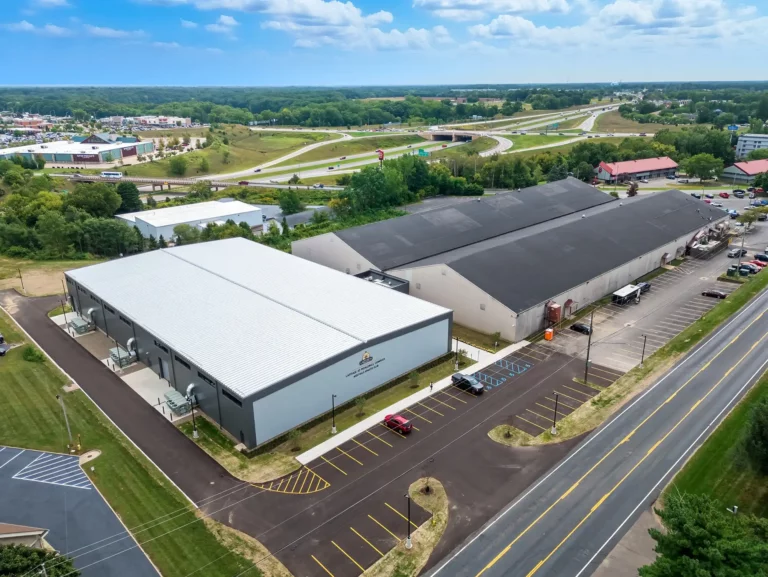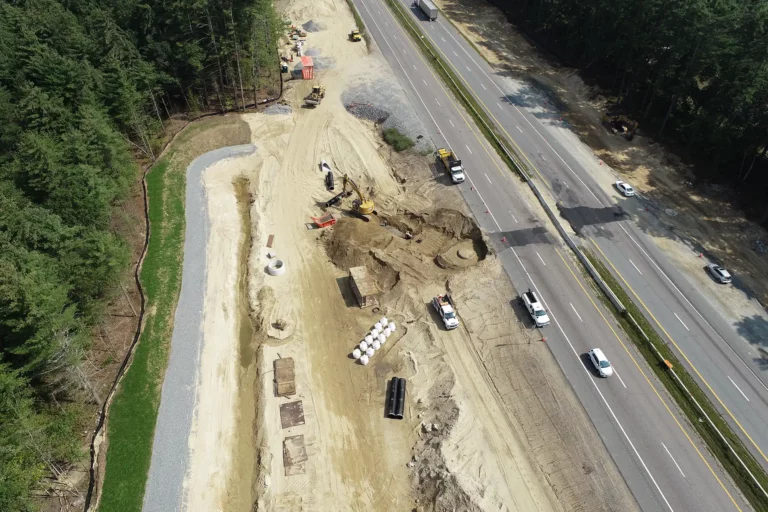When communities found themselves squeezed out of city living, town planners in Toronto were forced to meet the challenge head on. With innovation at its core, the Missing Middle is now becoming an exciting new opportunity for development.
The city of Toronto is home to almost three million people. Located on the western edge of Lake Ontario, it is the vibrant and multicultural epicentre of arts, culture and finance in the region. In addition to this, it happens to be the most populous city in Canada. Similar to many other capital cities, it has a sense of duality. It sparkles with innovation and creative glamour by being home to both the national ballet and opera companies while also wheezing under the weight of the busiest stretch of North American highway in Highway 401. This density provides boundless opportunities for business development and growth. However, it is also a contributing factor in the ‘Missing Middle’ phenomenon; whereby a lack of affordable, mid-sized and multi-unit housing developments lead to the exclusion of many families and average income workers.
A term adopted by urban planners in Canada and America as far back as 2010, the Missing Middle is neither a new development, nor is it exclusive to Toronto. What does make the city unique however, is the Expanding Housing Options in Neighbourhoods report which was requested by Toronto City Planning in 2019. This report unequivocally provides evidence of a lack of housing units in neighbourhoods throughout Toronto city while exploring options to rebuild and repatriate individuals and families that have been priced out of living options in these areas.
While reports can identify pressure points and begin to influence city planning, ultimately it is the involvement of the construction industry to source innovative and cost efficient solutions in situations such as this. R-Hauz Solutions Inc. have been crafting and honing a viable alternative to labour intensive and costly building developments. The company is close to completion on Toronto’s first mass timber six storey residential building. Located in the Queen Street East area of the city. Aside from the foundation, the structure is completely timber. It is prefabricated offsite and has a build time of an astonishing six weeks once foundations have been laid. This enables the project to be completed a number of weeks quicker than by using traditional methods.
“In contrast to ‘affordable housing’ for lower-income households, our goal was to create essential housing throughout Toronto.”
R-Hauz Solutions Inc. is a venture put together by Michael Barker, Leith Moore and R-LABS. The company aims to ‘self-solve’ the market’s housing needs and empower urban property owners’. Inspired by mid-rise multi-unit buildings in Europe, the idea was to create housing ‘as a product’ in order to serve communities with access to living space that currently does not exist for them in central locations and neighbourhoods. Michael Barker states that the product is borne of necessity. ‘In the Greater Toronto Area, average-income households are faced with the problem of the ‘missing middle’; a significant shortage of housing options that fall between high-rise condominiums and semi-detached homes. So we asked ourselves why there isn’t a rental product or housing product for someone making a decent wage? In contrast to ‘affordable housing’ for lower-income households, our goal was to create essential housing throughout Toronto.’
With a social mission driving the project forward and bolstered by the recent approval for laneway homes, the vision of an innovative solution to the cities housing concerns without the need for further expansion began to emerge. ‘With 300 kilometres of laneways in the city and room for about 30,000 six-story townhouse products along the avenues, our strategy could allow more than half a million people to live in Toronto’s existing neighbourhoods without requiring the city to build new infrastructure or transit.’ With this in mind, work quickly commenced on the 13,500 sq ft pilot project.
It is envisaged that this will be a ‘repeatable project’ that is time efficient on many levels of the process, from design and development right through to construction. In addition to this, the project’s general contractor Buttcon Ltd, advise that the project benefits from less safety issues on site due to the construction taking place remotely.
While the project requires a similar number of carpenters on site to traditional construction work, the nature of the build itself has knock-on benefits for other aspects of the project. According to Mark Butt of Buttcon Ltd, the building can be made watertight much faster than concrete structures. This key strength allows sub traders to work on lower levels while the building continues around them. According to Michael Barker of R-Hauz Solutions Inc., this combination can result in the project being ‘able to get permits, demo existing structures, construct the new home and move people in all within one year.’
The attraction of using this material is clear. The unmistakable evidence shows an unsustainable level of greenhouse gas is produced in the construction industry. Using timber is one immediate way of lowering emissions and ploughing a path towards a more ecologically viable future. However, the developing structure is not without challenges. Timber brings with it a different set of challenges such as an enhanced level of precision required. Due to the limited 2-3 millimetre tolerance allowance of timber, the concrete foundation must be exactly level and the CLT anchor bolts precision placed. This is coupled with the more market dependent challenges of dealing in high cost materials. The structure is made with cross-laminated timber and, unfortunately in this case, needs to be imported from Europe. However, industry experts are watching this burgeoning market closely as a CLT manufacturing plant is scheduled to open in early 2021 in Ontario. This may encourage further developments and shifts to a more sustainably sourced solution.
“I think once developers and builders realize how successful and how fast you can build with little impact on the footprint coming out of the area, it is going to take off.”
The city of Toronto is currently facing challenges that require a shift in mindset. Sustainability is now a key facet in the construction industry and embracing this helps to reap both business and societal benefits. The feeling in Toronto is that the goodwill and positivity that grows from the gradual rising of a solid timber multi-unit structure is beginning to catch on. Ryan Moxam, Project Manager, recognises that the surrounding area may serve a greater good in terms of community spirit and driving the discussion around sustainable and affordable neighbourhood housing. ‘It is really important to have a building like this because it brings up the entire community around it.’
The project is in partnership with Local 27 Carpenters. Tony Currie, Program Director in the College of Carpenters and Allied Trades, an institute that has close links to the group, believes that the project is a game-changing response to the issues highlighted in the Expanding Housing Options in Neighbourhoods report. ‘I think once developers and builders realize how successful and how fast you can build with little impact on the footprint coming out of the area, it is going to take off.’ This sentiment is one echoed by Mike Yorke, President of the Carpenters’ District Council who feels that this is the beginning of a transformative in housing development and one that can be replicated on a larger scale. ‘It is an incredibly exciting project. It is unique and innovative and it is going to totally transform our cities.’
While this may currently be a standalone project rather than a full blown industry, there is a belief that this model can work and grow exponentially. ‘This could really lead to evolution and reinvigoration of many of our main streets across Ontario and certainly across our country.’ In tandem with answering the concerns of city planners in Toronto, there is a real chance to cut greenhouse gas across the sector along with reducing waste, costs and the pollutive effects of such projects. This building, in isolation, seems to be a success. It offers an encouraging insight into the creative potential that stems from the deep need across the city. The question now is whether an affordable alternative to city neighbourhood living that encourages a more sustainable development can generate enough interest to fulfil that potential.











